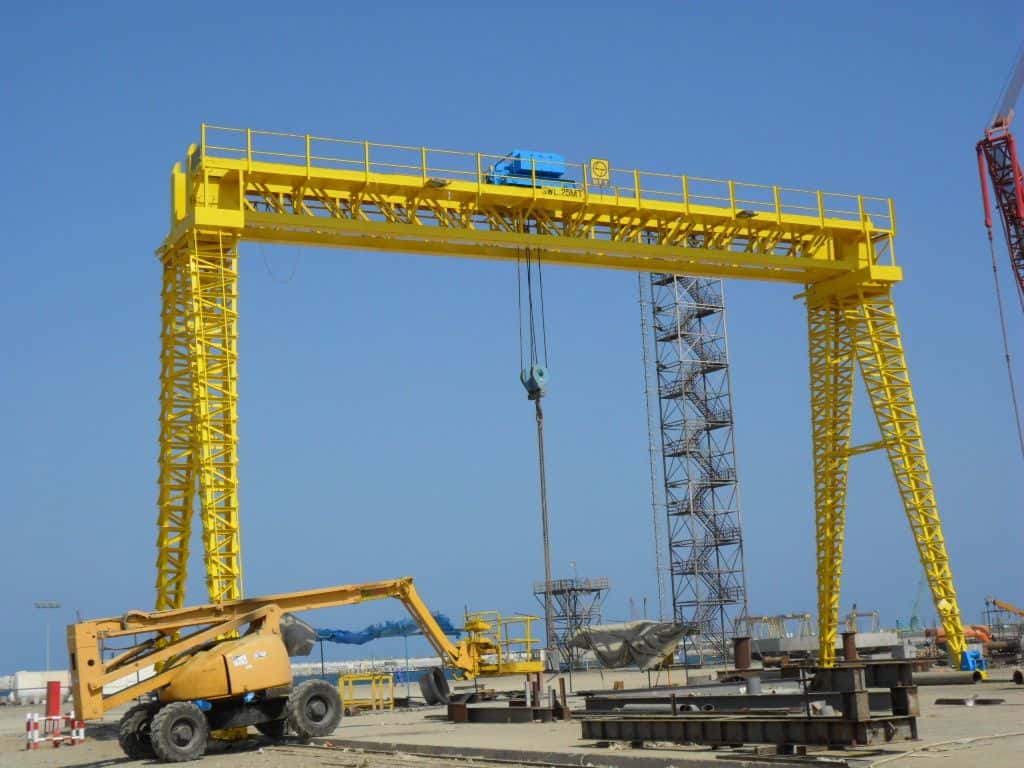A crane expert witness opines on a fatal accident involving a worker who was riding on a crane. The victim was a worker at a tube manufacturing company. Along with another employee, the victim was standing on the catwalk of a 10-ton bridge crane while the crane was traveling east, after they had used the crane to access a security camera mounted in the rafters of the facility. Both men were reportedly facing east while being transported by the crane. An unguarded drive shaft and couplings were rotating just behind them as the crane bridge was moving. At some point during the travel, the safety harness and/or lanyard that the victim was wearing became entangled in one of the unguarded couplings, which then threw him around the drive shaft, causing fatal injuries.
The victim’s wife filed a wrongful death action against numerous parties, including crane inspection companies.
Question(s) For Expert Witness
1. What caused the accident?
2. What design modifications could have prevented the accident?
Expert Witness Response
This accident was caused by the failure of several inspection companies to properly inspect and notify the employer of the hazards associated with the unguarded and non-compliant, rotating drive-shaft couplings, as well as the failure of the crane modifier, to use proper length bolts on the coupling for the drive shaft when they lengthened the span of the crane. Both of these issues directly led to the accident that caused the fatal injuries.
OSHA and crane industry standards are replete with references to guarding hazards associated with machine motion, specifically couplings and snag hazards created by rotary movement. It is incumbent upon equipment designers to assess potential hazards and bring the hazards associated with machinery to their lowest possible level. In the case of the additional coupling required when the span of the crane was increased, the machine modifiers, who for all intents and purposes became the crane designer when they performed this modification, chose none of the top five means to protect personnel from the snag hazard created when bolts were used that were longer than required for the coupling. Additionally, the use of a different style of coupling permitted the snag hazard to be more accessible, which increased the likelihood of the type of situation that led to the accident. This hazard could have been eliminated, or certainly dramatically reduced, by utilizing the same type of coupling and length of bolts that were already on the crane in numerous locations along the length of the bridge drive shaft. Thus, the technological feasibility was already proved, and the economic impact to provide the same components was essentially zero compared to what was provided by the crane modifier.
The expert is a mechanical engineer who has more than 20 years of experience in manufacturing engineering working with large equipment similar to and including the type of crane at issue. He has been a guest lecturer in safety design for engineers.
About the author
Michael Morgenstern
Michael is Senior Vice President of Marketing at The Expert Institute. Michael oversees every aspect of The Expert Institute’s marketing strategy including SEO, PPC, marketing automation, email marketing, content development, analytics, and branding.



